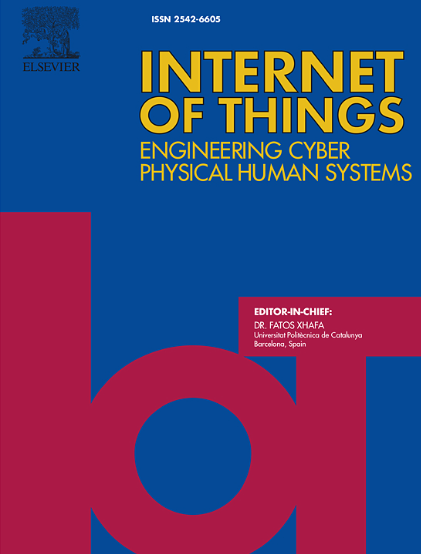On-street parking space localization with deep learning using low-quality images from public cameras
IF 6
3区 计算机科学
Q1 COMPUTER SCIENCE, INFORMATION SYSTEMS
引用次数: 0
Abstract
The increasing demand for new services in cities leads to challenges that need an intelligent, holistic approach (smart cities). A crucial aspect of smart city planning is effectively managing public on-street parking spaces, influencing overall urban mobility and environmental sustainability. However, detecting these spaces is complex, often requiring costly cameras or sensors, and the variability in parking space sizes, depending on the vehicles parked, adds to the difficulty. Existing city cameras for traffic monitoring could be a solution, but their low image quality and frequent movements (taking images from different angles) make accurate detection challenging. We propose a novel method for locating on-street parking spaces using low-quality images from non-static public traffic cameras. This approach is dataset-independent, applicable to various cities, and employs deep-learning models pre-trained for tasks like vehicle detection, repurposing them for the novel task of identifying on-street public parking spaces. This method avoids specific retraining and intensive manual labeling. Tested in Malaga, Spain, the pipeline includes Extraction (sourcing images from Internet traffic cameras), Matching (recognizing common features between reference and new images for detecting camera movements), Preprocessing (comparing different denoising and image-enhancing techniques for improving model inference), Detection (using models like YOLOv8 and Detectron2 for vehicle detection), and Postprocessing (transforming perspectives to estimate real-world parking space coordinates and sizes). Experimental results demonstrate that our proposal achieves accurate parking space detection even in extreme light conditions and camera movements, providing a valuable new tool for parking management and urban planning.
使用来自公共摄像头的低质量图像进行深度学习的街道停车位定位
城市对新服务日益增长的需求带来了挑战,需要一种智能的、整体的方法(智慧城市)。智慧城市规划的一个关键方面是有效管理公共街道停车位,影响整体城市流动性和环境可持续性。然而,探测这些车位很复杂,通常需要昂贵的摄像头或传感器,而且停车位大小的变化取决于停放的车辆,这增加了难度。现有的城市交通监控摄像头可能是一个解决方案,但它们的图像质量低,移动频繁(从不同角度拍摄图像),使得准确的检测变得困难。我们提出了一种利用非静态公共交通摄像头的低质量图像定位街道停车位的新方法。这种方法是独立于数据集的,适用于各个城市,并采用深度学习模型,预先训练车辆检测等任务,将其重新用于识别街道公共停车位的新任务。这种方法避免了具体的再培训和密集的人工标记。在西班牙马拉加进行了测试,该流程包括提取(从互联网交通摄像头中获取图像)、匹配(识别参考图像和新图像之间的共同特征,以检测摄像头运动)、预处理(比较不同的去噪和图像增强技术,以改进模型推理)、检测(使用YOLOv8和Detectron2等模型进行车辆检测)、和后处理(转换视角来估计现实世界的停车位坐标和大小)。实验结果表明,即使在极端光照条件和摄像机运动的情况下,我们的方案也能实现准确的停车位检测,为停车管理和城市规划提供了有价值的新工具。
本文章由计算机程序翻译,如有差异,请以英文原文为准。
求助全文
约1分钟内获得全文
求助全文
来源期刊

Internet of Things
Multiple-
CiteScore
3.60
自引率
5.10%
发文量
115
审稿时长
37 days
期刊介绍:
Internet of Things; Engineering Cyber Physical Human Systems is a comprehensive journal encouraging cross collaboration between researchers, engineers and practitioners in the field of IoT & Cyber Physical Human Systems. The journal offers a unique platform to exchange scientific information on the entire breadth of technology, science, and societal applications of the IoT.
The journal will place a high priority on timely publication, and provide a home for high quality.
Furthermore, IOT is interested in publishing topical Special Issues on any aspect of IOT.
 求助内容:
求助内容: 应助结果提醒方式:
应助结果提醒方式:


